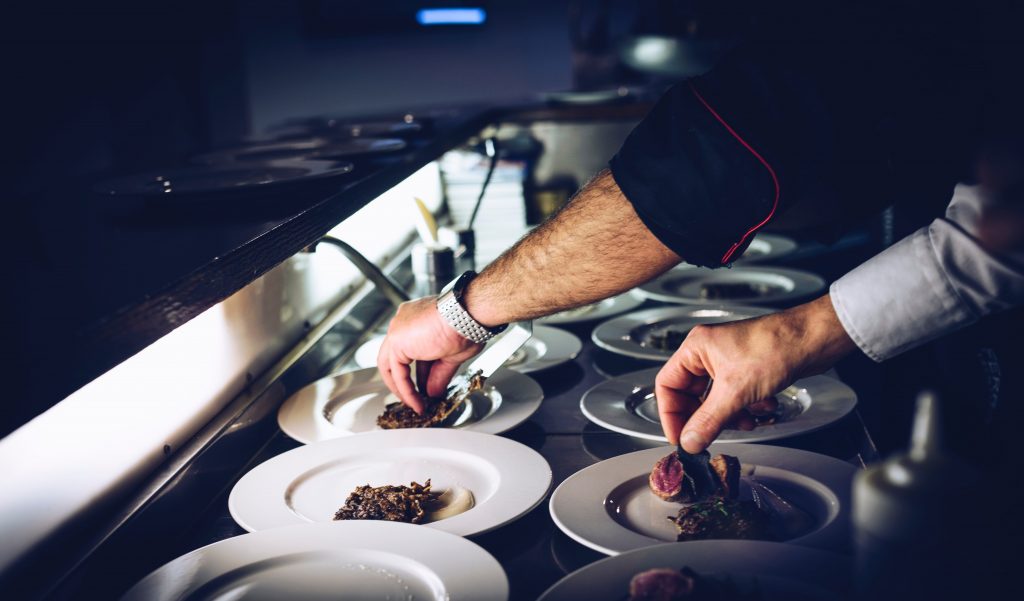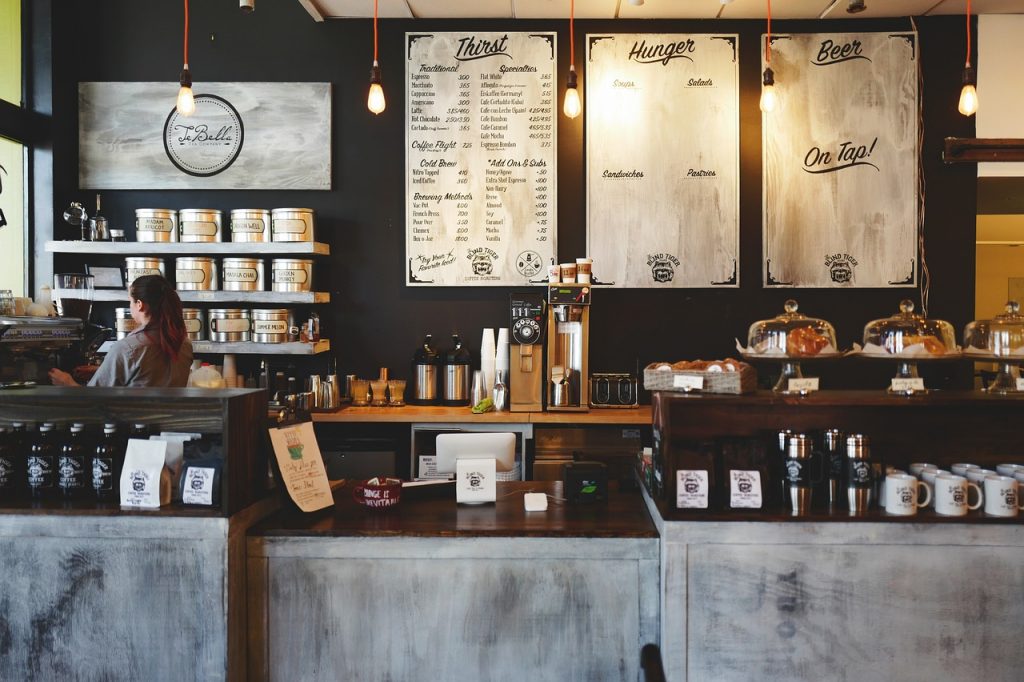In the hospitality industry, cost of goods sold (COGS) is one of the most important KPIs. In addition to this, it is also one of the largest expense categories that restaurateurs should constantly be keeping an eye on. If your COGS is not controlled properly, it can lead to unnecessary costs. As with other areas of the hospitality business, planning is everything. But how do you ensure an optimized COGS in the hospitality industry? And how can you lower it?
It's important to compare the actual COGS with the target COGS. Ideally, both values should be the same. If, on the other hand, there are discrepancies, these can have an impact on your gross profit. To ensure that COGS is optimized, you need to determine the causes of the variance between the target and the actual cost of goods sold. This article lists 7 ways that you can use to control your COGS.
1. Avoid waste
If you want to lower your COGS, it is advisable to avoid unnecessary waste. The amount of waste accumulated can negatively affect your gross profit. Therefore, be sure to monitor the amount of waste you produce. This will give you an overview on how extra costs come about in the first place.
2. Pay attention to portion sizes
This tip goes hand in hand with the first one. According to a U.S. study an estimated 20 % of all the wasted food in the U.S. is plate waste in food service settings. To avoid orders being returned and wasted food, portion sizes must be calculated accurately. To do this, it's necessary to adhere to the specifications of the recipes. This ensures that the amount of ingredients used to prepare a dish, matches what is specified in the recipe.

3. Ensure proper delivery of goods
In addition to avoiding waste and calculating portion sizes, you should also ensure that goods are received correctly in order to lower your COGS. When new goods arrive at the warehouse, you need to check, not only that everything has been delivered, but also that the weight and price match.
4. Optimize your inventory
Delivered goods are only useful if they are also stored correctly. Furthermore, it is advisable to take inventory on a regular basis. This way, you will always have an overview of your current inventory and can avoid extra storage costs or loss of goods. After all, excessive storage would result in most products not being able to be processed in time and ultimately having to be disposed of.
5. Stay in control
No restaurateur likes to hear this, but unfortunately it happens far too often: theft by your own employees. While you can never completely prevent it, there is a way to reduce the risk of theft. For example, you can carry out systematic checks on stock levels. If you have a good overview of your goods, you will notice missing stock much faster.
6. Calculate your prices correctly
Another reason for not having optimized COGS, relates to the ingredient prices in the calculations. Since prices are constantly changing, your cost calculations may no longer be up to date. Therefore, you should always keep this in mind and adjust if necessary.

7. Adjust your menu
Our last tip, which you can use to lower your COGS, is to optimize your menu. To do this, you should analyze which dishes and drinks sell well. Dishes that are rarely consumed should be removed from your menu.

How controlling your COGS leads to profit
No matter what type of restaurant you run: Optimizing your COGS is essential for your restaurant's profitability. Fortunately, there are a number of ways to control and lower your COGS in your restaurant. Take a look at the following infographic to see how optimized COGS affect the profit of your business.
As you can see, COGS for restaurants play an important role, in relation to the profit of your own business. If you can evaluate the discrepancy between the planned and actual costs, you can eliminate these by using simple and effective tips. You will be able to lower your COGS and maximize your profit at the same time.